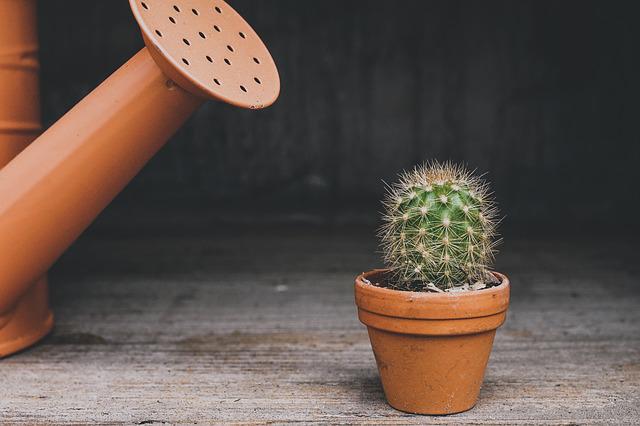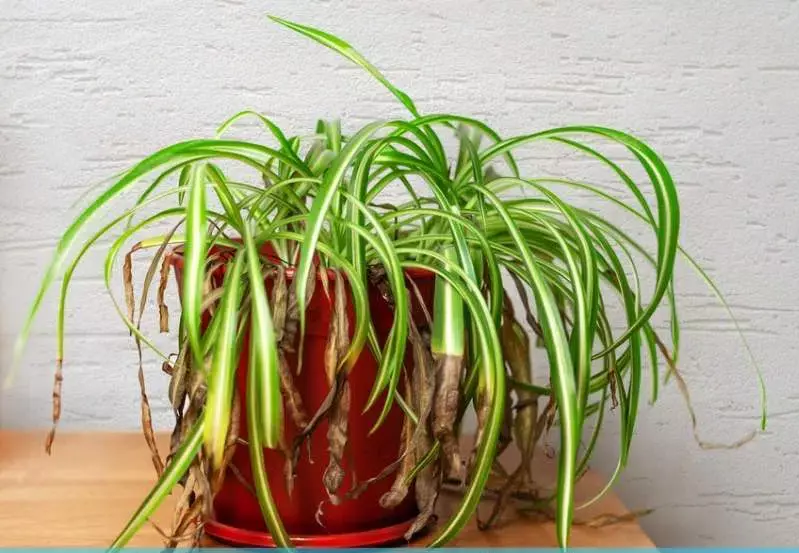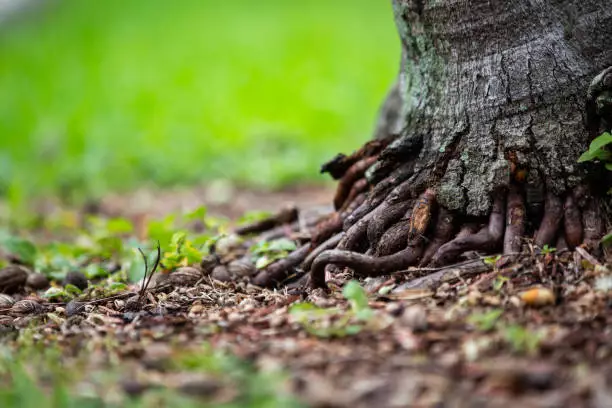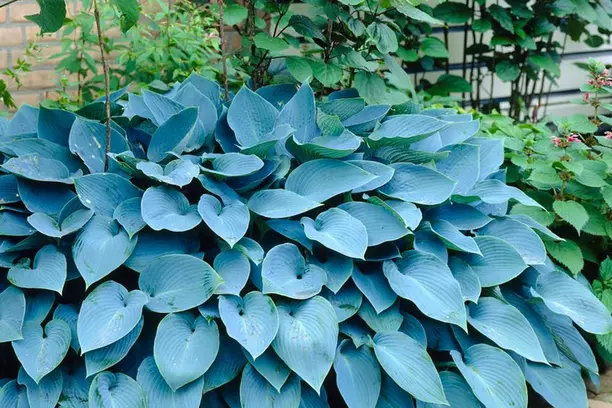Monstera and Philodendron are two popular houseplants that are often compared to each other due to their similarities in appearance and care requirements.
Monstera, also known as the Swiss Cheese plant, is known for its unique foliage with large, perforated leaves. It is a climbing plant that can grow up to 20 feet tall in its natural habitat. Monstera is native to the tropical rainforests of Central and South America and requires bright, indirect light and consistent moisture to thrive.
Philodendron, on the other hand, is a diverse genus of plants with over 400 species. It is known for its heart-shaped leaves and is often used as a trailing or climbing plant. Philodendron is also native to the tropical rainforests of Central and South America and requires similar care to Monstera, with bright, indirect light and consistent moisture.
While Monstera and Philodendron may seem similar, there are key differences between the two plants that make them unique. Understanding these differences can help you choose the right plant for your home and care for it properly.
Understanding Monstera and Philodendron
Monstera and Philodendron are two of the most popular houseplants in the Araceae family. They are similar in appearance, but they have distinct differences that set them apart from each other. In this section, we will provide a brief overview of Monstera and Philodendron, their characteristics, and how to care for them.
Monstera
Monstera is a genus of plants that includes around 50 species. The most common species is Monstera deliciosa, also known as the Swiss cheese plant. Monstera plants are known for their large, glossy, and perforated leaves. They are native to the tropical rainforests of Central and South America.
Monstera plants are relatively easy to care for. They prefer bright, indirect sunlight and well-draining soil. They can tolerate low light conditions, but their growth may slow down. Monstera plants also require regular watering, but they should not be overwatered as this can lead to root rot. Fertilizing once a month during the growing season can also help promote healthy growth.
Philodendron
Philodendron is a genus of plants that includes around 500 species. The most common species is Philodendron hederaceum, also known as the heartleaf philodendron. Philodendron plants are known for their heart-shaped leaves and vining growth habit. They are native to the tropical rainforests of Central and South America.
Philodendron plants are also relatively easy to care for. They prefer bright, indirect sunlight and well-draining soil. They can tolerate low light conditions, but their growth may slow down. Philodendron plants also require regular watering, but they should not be overwatered as this can lead to root rot. Fertilizing once a month during the growing season can also help promote healthy growth.
Monstera vs. Philodendron
While Monstera and Philodendron plants share similar care requirements, they have distinct differences in appearance. Monstera plants have larger, perforated leaves, while Philodendron plants have heart-shaped leaves. Monstera plants also tend to have a more upright growth habit, while Philodendron plants tend to vine and trail.
In terms of scientific names, Monstera belongs to the genus Monstera, while Philodendron belongs to the genus Philodendron. Both genera belong to the Araceae family, which is a large plant family that includes many other popular houseplant species such as Anthurium and ZZ plant.
Overall, Monstera and Philodendron are both great houseplants to add to your collection. They are relatively easy to care for and can add a tropical vibe to any indoor space.
Origins and Distribution
Monstera and Philodendron are both members of the Araceae family, which is native to the tropical regions of South America, Mexico, and Malaysia. Monstera deliciosa, also known as the Swiss cheese plant, is native to the rainforests of Central and South America. It is believed to have originated in Southern Mexico, Guatemala, and Costa Rica. Philodendron, on the other hand, has a wider distribution and can be found in tropical regions around the world.
Monstera deliciosa is a hemiepiphyte, which means it starts its life as a seed on the ground but eventually grows into a tree by climbing up another tree or structure. As it grows, it develops aerial roots that help it cling to the host tree and absorb nutrients and water from the air. Philodendron, on the other hand, can grow as both epiphytes and terrestrial plants.
Both Monstera and Philodendron have been cultivated as houseplants and ornamental plants for their attractive foliage. Monstera deliciosa is known for its large, glossy, and perforated leaves, while Philodendron has a wide variety of leaf shapes, sizes, and colors.
In conclusion, Monstera and Philodendron are both tropical plants with origins in South America, Mexico, and Malaysia. Monstera deliciosa is a hemiepiphyte that grows by climbing up other trees or structures, while Philodendron can grow as both epiphytes and terrestrial plants. Both plants are popular as houseplants and ornamental plants for their attractive foliage.
Varieties and Species
Monstera Varieties
Monstera is a genus of flowering plants that includes several species and varieties. The most popular variety is Monstera Deliciosa, also known as the Swiss Cheese Plant. It is a large, tropical plant with big, heart-shaped leaves that have distinctive holes and splits. Other varieties of Monstera include:
- Monstera Adansonii: Also known as the Swiss Cheese Vine, this variety has smaller leaves that are more perforated than Monstera Deliciosa.
- Rhaphidophora Tetrasperma: This variety is often called a Mini Monstera because it looks similar to Monstera Deliciosa, but with smaller leaves and a more compact size.
- Monstera Species: There are several other Monstera species, including Monstera Obliqua, Monstera Dubia, and Monstera Pinnatipartita.
Philodendron Varieties
Philodendron is another genus of tropical plants that includes many different species and varieties. Some of the most popular varieties of Philodendron include:
- Philodendron Selloum: This variety has large, deeply lobed leaves that resemble elephant ears.
- Philodendron Bipinnatifidum: Also known as the Tree Philodendron, this variety has large, glossy leaves that can grow up to three feet long.
- Thaumatophyllum Bipinnatifidum: This variety was previously classified as a Philodendron and is sometimes still referred to as the Split-Leaf Philodendron.
- Philodendron Minima: This variety has small, heart-shaped leaves that are perfect for hanging baskets or small spaces.
- Philodendron Ginny: This is a hybrid variety of Philodendron that has dark green leaves with a silvery sheen.
Overall, Monstera and Philodendron are both popular choices for indoor plants due to their tropical appearance and ease of care. While each variety has its own unique characteristics, they are all known for their ability to purify the air and add a touch of greenery to any space.
Appearance and Features
Leaf Characteristics
Both Monstera and Philodendron are popular houseplants with distinctive leaf characteristics. The leaves of Monstera are typically larger and have a more textured appearance with fenestrations or holes, while Philodendron leaves are generally smaller and heart-shaped. The split-leaf Philodendron has leaves that are split down the middle, giving it a unique appearance.
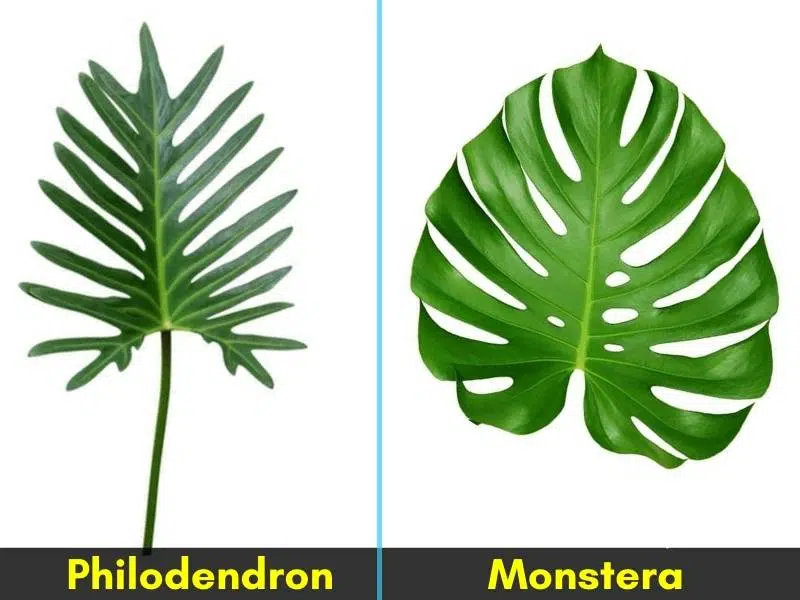
Young Monstera leaves may not have fenestrations yet and may have stubborn cataphylls that take time to fall off. As the plant matures, the fenestrations become more prominent and the leaves become larger. Philodendron leaves, on the other hand, tend to stay smaller and do not have as many fenestrations or split leaves as Monstera.
Flowers and Fruits
While both Monstera and Philodendron produce flowers and fruits, they are not typically grown for these features. The flowers of both plants are relatively small and inconspicuous, and the fruits are not commonly eaten.
Light and Care
Monstera and Philodendron have similar light and care requirements. They both prefer bright, indirect light and well-draining soil. Both plants can also benefit from occasional misting and the use of a support structure, as they are known for their aerial roots.
Overall, Monstera and Philodendron have distinct appearances and leaf characteristics that make them popular choices for indoor gardening. While Monstera has larger leaves with more prominent fenestrations, Philodendron has smaller, heart-shaped leaves and a unique split-leaf appearance. Both plants are relatively easy to care for and can thrive in similar conditions.
Growth Habits
Monstera and Philodendron are both members of the Araceae family and share similarities in their growth habits. Both plants are known for their climbing ability and are often used as trailing vines or grown vertically on support structures. However, there are some differences in their growth habits that set them apart.
Monstera
Monstera is known for its unique and distinctive leaves, which have large, deep green, perforated lobes. This plant has a climbing growth habit and is known for its ability to grow rapidly in the right conditions. Monstera can grow up to 10 feet tall indoors and even taller outdoors in its natural habitat. It has aerial roots that allow it to climb trees and other structures, and it can also be trained to grow vertically on a support structure.
Philodendron
Philodendron is another popular houseplant that is known for its climbing ability. This plant has a trailing vine growth habit and is often grown in hanging baskets or trained to climb a support structure. Philodendron has a wide variety of leaf shapes and colors, ranging from small, heart-shaped leaves to large, glossy green leaves. It can grow up to 6 feet tall indoors and even taller outdoors in its natural habitat.
Overall, both Monstera and Philodendron are great plants for adding greenery and a touch of nature to your home. They both have unique growth habits that make them interesting to grow and care for. Whether you prefer a climbing plant or a trailing vine, there is a Monstera or Philodendron variety that will suit your needs.
Care and Maintenance
Light and Temperature Requirements
Both Monstera and Philodendron thrive in bright, indirect sunlight. Direct sunlight can scorch their leaves. They can tolerate low light conditions, but they may grow slower and produce smaller leaves. Ideally, they should be placed near a north or east-facing window.
As for temperature, Monstera and Philodendron prefer warm, humid environments. They can tolerate a range of temperatures between 60-85°F (15-30°C). However, they do not tolerate sudden drops in temperature or cold drafts.
Water and Humidity Requirements
Monstera and Philodendron prefer evenly moist soil. Overwatering can cause root rot, while underwatering can cause the leaves to wilt and turn brown. Watering once a week is usually sufficient, but it depends on the size of the pot and the environment.
Both plants also prefer high humidity levels, around 60-80%. If the air is too dry, the leaves may turn brown and crispy. To increase humidity, you can mist the leaves with water or use a humidifier.
Soil and Fertilizer Requirements
Monstera and Philodendron prefer well-draining soil that is rich in organic matter. A mix of peat moss, perlite, and vermiculite is a good option. It is important to avoid soil that retains too much moisture, as it can lead to root rot.
Fertilizing once a month during the growing season with a balanced fertilizer can help promote healthy growth. Avoid over-fertilizing, as it can lead to salt buildup in the soil.
In summary, Monstera and Philodendron are relatively easy to care for houseplants that prefer bright, indirect sunlight, evenly moist soil, and high humidity levels. They can tolerate a range of temperatures, but they do not tolerate sudden drops in temperature or cold drafts. Fertilizing once a month during the growing season can help promote healthy growth.
Common Names and Misconceptions
One of the most common misconceptions about Monstera and Philodendron is the interchangeable use of their common names, particularly when referring to Monstera as the “Swiss Cheese Plant.” While it is true that Monstera and Philodendron are both members of the Araceae family, they are two distinct genera with different characteristics.
The term “Swiss Cheese Plant” is often used to describe Monstera deliciosa, a species known for its large, perforated leaves. However, this common name can also be applied to Philodendron swiss cheese, a cultivar of Philodendron that has similar-looking leaves. This can lead to confusion, as both plants are often marketed as “Swiss Cheese Plants” in nurseries and online stores.
Another misconception is that Monstera and Philodendron are the same plant, or that Monstera is a type of Philodendron. While they share some similarities, such as their climbing habit and aerial roots, they have distinct differences in their leaf shape, growth habit, and flower structure.
Furthermore, there are several other common names associated with Philodendron that can cause confusion. For example, Philodendron broken heart and Philodendron cobra are both cultivars of Philodendron hederaceum, a species with heart-shaped leaves. These names may lead some to believe that they are separate species, when in fact they are simply variations of the same plant.
To avoid confusion, it is important to use the scientific names when referring to Monstera and Philodendron. Monstera deliciosa and Philodendron swiss cheese are two distinct species, and should not be referred to interchangeably. Additionally, using the scientific names can help avoid confusion with other plants that share similar common names.
Overall, it is important to be knowledgeable about the differences between Monstera and Philodendron, and to use the correct terminology when referring to these plants. By doing so, we can avoid perpetuating common misconceptions and ensure that our communication about these plants is clear and accurate.
Comparing Monstera and Philodendron
Monstera and Philodendron are two popular houseplants that are often compared with each other due to their similarities in appearance and care requirements. However, there are some notable differences between the two plants that should be taken into consideration when choosing which one to add to your collection.
Differences
One of the main differences between Monstera and Philodendron is their growth habits. Monstera is known for its large, fenestrated leaves and aerial roots that allow it to climb and attach to nearby surfaces. Philodendron, on the other hand, has a more bushy growth habit and does not typically climb.
Another difference is their mature size. Monstera can grow up to 10 feet tall, while Philodendron typically reaches a maximum height of 6 feet. This should be taken into consideration when choosing a location for your plant, as Monstera will require more space to grow.
Mature Monstera
When Monstera matures, it develops large, unique-looking leaves that are highly sought after by plant enthusiasts. These leaves are characterized by their fenestrations, or natural holes, which give the plant a distinctive appearance. Mature Monstera plants can take several years to develop these leaves, but they are well worth the wait.
Bloom
While both Monstera and Philodendron are primarily grown for their foliage, they do have different bloom habits. Monstera produces a unique spadix and spathe flower, while Philodendron produces a more traditional-looking flower. However, it is worth noting that both plants are unlikely to bloom when grown indoors.
In conclusion, while Monstera and Philodendron may look similar at first glance, there are some key differences between the two plants. Consider their growth habits, mature size, and bloom habits when choosing which one to add to your collection.
Frequently Asked Questions
What are the differences between Monstera and Philodendron plants?
Monstera and Philodendron plants are both part of the Araceae family, but they have distinct differences. Monstera plants have split leaves with holes or fenestrations, while Philodendron plants have solid leaves. Monstera plants are also known for their aerial roots, while Philodendron plants do not typically have them.
How can I tell if a plant is a Monstera or a Philodendron?
The easiest way to tell the difference between a Monstera and a Philodendron is by looking at their leaves. Monstera plants have split leaves with holes, while Philodendron plants have solid leaves. Additionally, Monstera plants often have aerial roots, while Philodendron plants do not.
What are some common names for Monstera and Philodendron plants?
Monstera plants are also known as Swiss cheese plants or split-leaf philodendrons. Philodendron plants have various common names, including heartleaf philodendrons, velvet-leaf philodendrons, and tree philodendrons.
Can Monstera and Philodendron plants be grown indoors?
Yes, both Monstera and Philodendron plants can be grown indoors. They are popular houseplants due to their ease of care and attractive foliage.
What are the care requirements for Monstera and Philodendron plants?
Both Monstera and Philodendron plants prefer bright, indirect light and well-draining soil. They also require regular watering, but it is important not to overwater them. Fertilizing every few months can also help keep them healthy.
Are Monstera and Philodendron plants related to Pothos or Money plants?
Yes, Monstera and Philodendron plants are related to Pothos and Money plants. They are all part of the Araceae family and share similar care requirements. However, they have distinct differences in their foliage and growth habits.
Reference
- Clemson Cooperative Extension. (n.d.). Philodendron, pothos, and monstera. Retrieved from https://hgic.clemson.edu/factsheet/philodendron-pothos-monstera/
